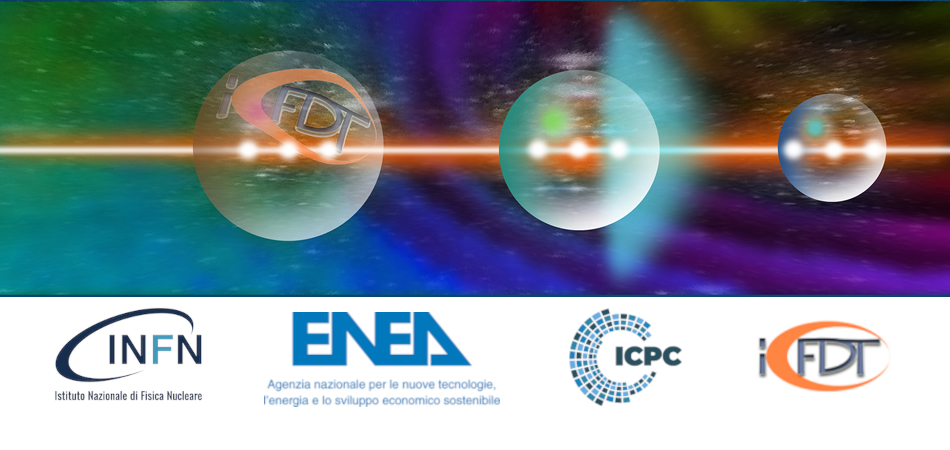Speaker
Description
Future fusion reactors will differ significantly in many ways from the current fusion devices. The main goal of the current experiments is to measure as much information as possible about the state and temporal evolution of the plasma, in parallel performing technology tests. In future reactors, diagnostics will only serve plasma control functions[1]. In a commercial power plant, the number of utilized diagnostics should be minimized, as they would add significant costs not only to the construction but also to the maintenance. Additionally, due to the maximum surface area required for tritium breeding blankets, diagnostics must be confined to the smallest possible space. Therefore, in the early design phase of future fusion power plants, it must be decided which actuators should be controlled by which diagnostic signals. Diagnostics must operate with high reliability under much harsher conditions than those of ITER. The DEMO environment demands new design solutions from almost all diagnostics, while we have little experimental data on the behavior of materials under the expected doses.
The challenges can be illustrated through the example of the development of optical diagnostics. In DEMO, three imaging optical diagnostics are foreseen[2]: the divertor monitoring diagnostics, the pellet monitoring diagnostics and the limiter monitoring diagnostics. The divertor monitoring system will be responsible for the detachment control, which is crucial for safe operation. As the plasma diagnostics capabilities will be very limited, the acquired data must be used to gain the maximum information. In addition to the detection of the loss of detachment, the divertor monitoring diagnostic is required to measure the inner and outer divertor vertical target temperatures; the local Tungsten erosion on the inner and outer divertor vertical targets; detect ELMs; detect MARFEs; and if possible, measure the plasma temperature near the divertor targets[2].
The optical diagnostics will be installed in the equatorial ports of DEMO. The extremely harsh environment and high reliability requirements demand unique optical and opto-mechanical solutions. The protection of the first mirror can only be achieved with Helium filled duct, which is integrated with the opto-mechanics. The main DEMO-specific requirements and the selected engineering solution are also introduced.
Keywords: EU-DEMO; Diagnostics; Spectroscopy
[1] W. Biel et al. 2022 Fusion Engineering and Design Volume 179, 113122
[2] D. Dunai et al. 2024 33rd Symposium on Fusion Technology, Dublin

